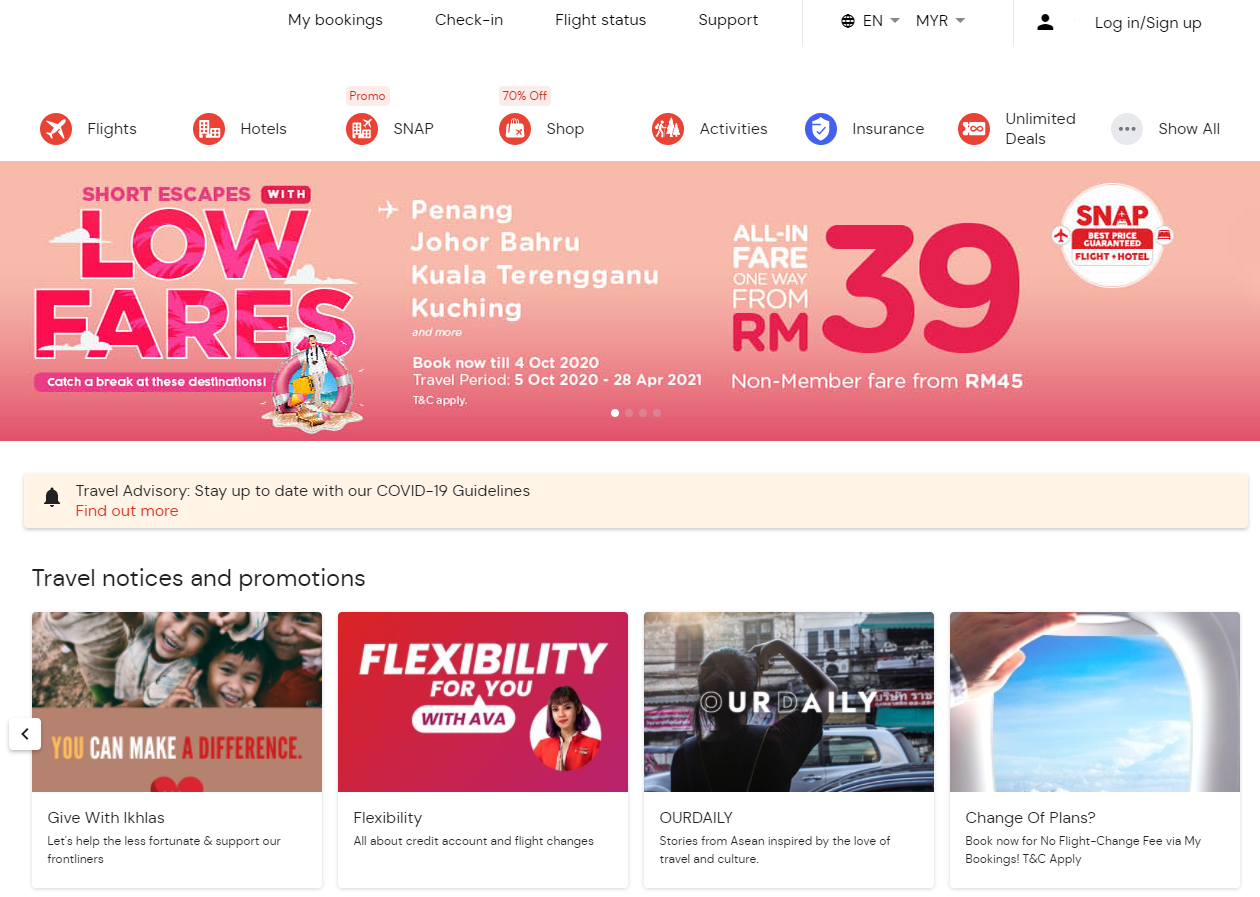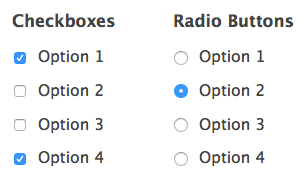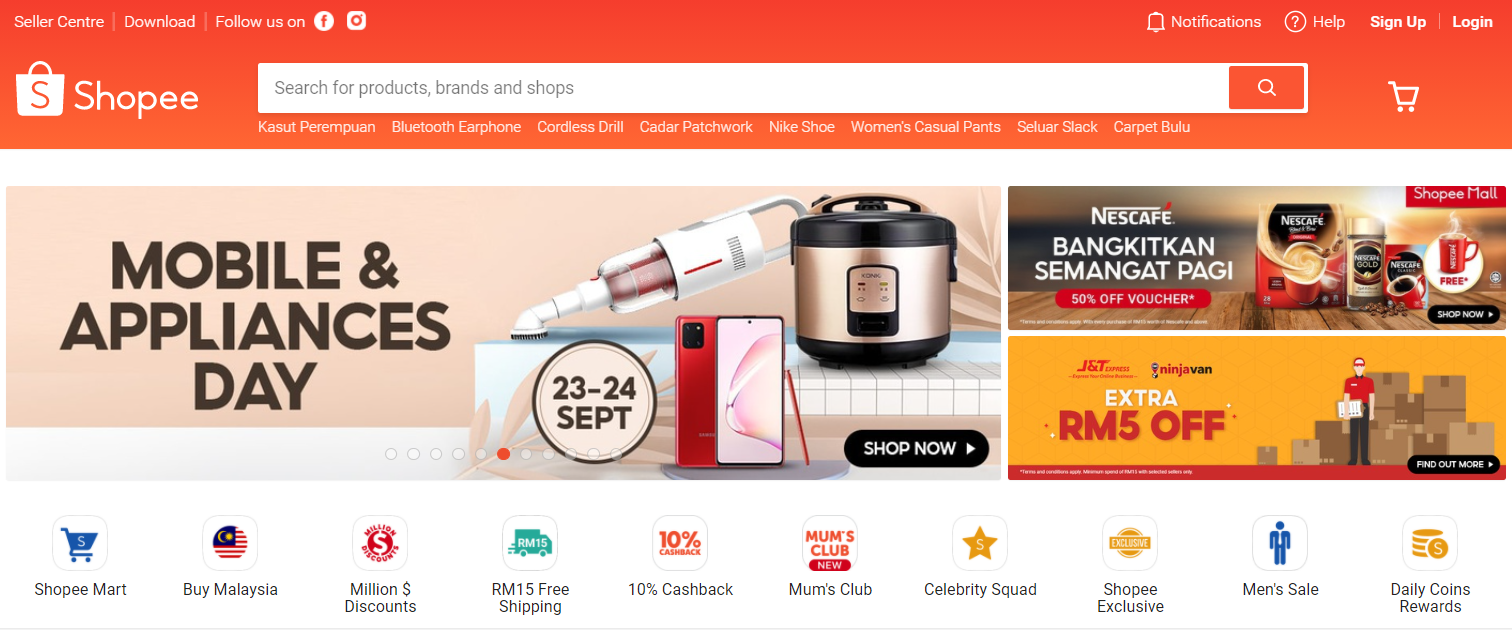In this Article
Consistency in Design
Consistent design is intuitive design, when a user visits the site or downloads an app for the first time, it’s a new experience. Consistency in design helps the user feel comfortable because it feels familiar and intuitive.
When there’s consistency in design, users can transfer existing knowledge to new contexts and are able to quickly and painlessly learn new things. This way, users can focus on completing their desired task instead of spending time and effort trying to learn how to use the product/service.
By reducing the learning curve and promoting familiarity and bonding with consistent design, it nurtures a feeling of trust in users. Users want to be able to apply existing expectations to your website or product, and they definitely don’t want to feel confused.
Confusion happens when users have to spend time wondering whether different interactions, actions or words mean the same thing in the context of your product. It obstructs them from achieving their goal, and they are left feeling frustrated and will likely abandon their task due to the poor user experience.
Types of Consistency
Visual Consistency
Visual consistency is when visual elements like fonts, colours, buttons, labelling are the same throughout the product. Furthermore, visual consistency helps to create a visual brand identity, so much so that when users get a glimpse of a website, they know which brand it is without having to look at the logo.
Take this website as an example, the logo and other branding has been removed but any guesses what website this is?

It’s AirAsia! How we know this is from the consistent use of their red brand colour is evident in their icons and buttons, the brand identity is visually consistent throughout the website.
Functional Consistency
Functional consistency is when similar controls function the same way, this increases the predictability factor. Predictability may not be very exciting, but users need to feel safe and secure when it comes to user experience. For instance, the back button on every page should not only be visually consistent, but should also have the same function to take the user back to the previous page/step in the flow.
Internal Consistency
Internal consistency is a combination of visual and functional consistency, this means having the same navigation menu across all the pages of the website/product. Doing so improves the usability and learnability, so when new features or pages are introduced, users are able to adapt easily and quickly.
External Consistency
This type of consistency applies across multiple products/systems, it helps users know that their knowledge for one product is usable for the other, eliminating a lot of friction.
A good example is Adobe’s user interface, if the user is familiar with Adobe Photoshop, it is easier for them to reuse the same knowledge to use Adobe InDesign because of the consistency.

How To Have A Consistent User Experience
Having consistency in user experience involves being able to replicate the same action or element whilst supporting the user in achieving their task.
Visual Consistency
Typography, space, size, positions, grid, colours: these elements need to be defined in one central design guideline and utilized accordingly across the system.
Visual consistency also entails making use of visual hierarchy to make important things bigger than the less important parts, and using the same colour scheme across the product. In addition, it includes keeping the padding and margins the same throughout all the elements on the buttons, cards, etc.
Having consistent visuals helps the user learn faster, avoiding feelings of confusion and further enhancing their user experience.
Tone & Voice
Imagine your system is a person, perhaps even consider your product/service as an ambassador for your company. For users, especially new users, instead of bombarding them with a group of different voices, it’s more personable to use a one voice.
The tone and language that is used influences how the user perceives your product/service, by keeping it consistent it feels as though it’s one voice speaking to the user.
Let’s say you want the tone to be friendly and funny, then keep it that way for everything, this includes error messages.
Familiar Patterns
Utilize commonly used UI elements such as icons, scrollbar, radio buttons, checkbox, and menu bars are typically consistent graphic elements that are widely understood by users.
The design convention of radio buttons, for instance, is used when only one option is allowed, whereas checkboxes are used when more than one option is allowed.

Take advantage of existing design conventions, and familiar patterns by incorporating them into the design. This will help to smoothen the user journey with familiar elements instead of confusing the user.
For example, the well-established layout convention of an e-commerce website: cognitively, users know that the logo is on the top left, the search bar is on the middle, and the log-in button is on the top right.


The consistency in layout helps the users feel like they know what they are doing instead of feeling disoriented, even when they are browsing a new site.
Bending Consistency
Some may argue that consistency is boring and that if things are always so consistent, there won’t be any innovation. It’s important to note that consistency doesn’t mean everything needs to look the same, think of it as applying your brand’s image to your products and services.
Inconsistency leads to broken design and broken user experience. Furthermore, consistency saves time! Instead of spending hours debating what colour is most suitable for a button, following the company’s design guideline saves time and effort.
Bend consistency to include innovation and evolution to drive change, to strive for a better version. This is done by understanding your users, and all design decisions should come from that understanding.
Adjustments should only be made to well-established and consistent design when they have been informed and supported by users’ needs. How do you find out what your users’ needs are? Do user research! User research is a goldmine of valuable and insightful information about your users.
Making small changes will continually evolve your business into a better version, all whilst keeping it consistent.
How else can you improve your user experience? Check out this article for 12 Principles To Follow For Better User Experience (UX)
Final Thoughts
By aligning your design with user expectations, you become capable of looking through your users’ eyes and to understand your business from their point of view. This can be easily done through user research, whether it’s in the form of user interviews, usability testing, or user persona.
If you would like to know more about user research or how to create a consistent user experience, contact Netizen Experience at support@netizenexperience.com or check out www.netizenexperience.com for more information.

